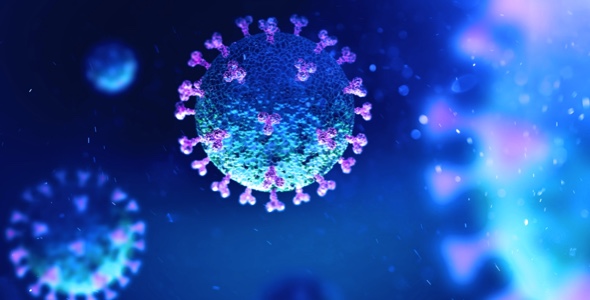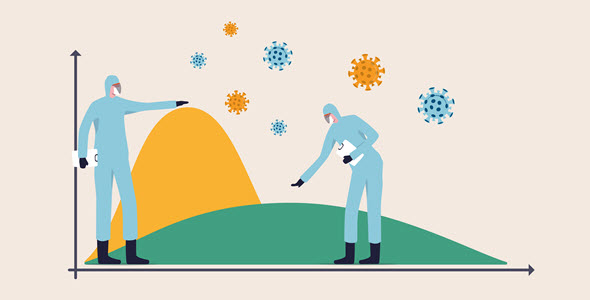Unlike bacteria and fungi, viruses exist in a gray area between “living” and “non-living” because of the way they are structured and how they reproduce. As we face down the COVID-19 pandemic, it’s important to understand not only how viruses work, but how our immune system responds.
What Steps Can We Take to Help Prevent Future COVID-19 Outbreaks?
Contact tracing is the process of working with an infected patient to help them recall everyone with whom they have had close contact, then, warning the exposed individuals of their potential exposure.
How the Past Informs the Present: Epidemiological Data in COVID-19 Management & Response
Each piece of data contributes to a larger epidemiological picture that will not only help us fight new coronaviruses that emerge in the future, but other infectious diseases as well.
Your Questions About Coronavirus and Food Safety, Answered
Minimizing contact with others through social distancing is crucial to flatten the curve and reduce the rate of coronavirus infection. However, many people are wondering if it’s still possible to transmit the virus via food and pickup or delivery services.
The Value of Diagnostics in Combatting Antimicrobial Resistance – A Public Health Problem
At this year’s World Anti-Microbial Resistance Congress, Dr. Tristan Timbrook delivered a...
Lindsay Denny Discusses the Critical Role of WASH in Preventing Infectious Diseases and Fighting Antimicrobial Resistance
WASH, which stands for water, sanitation, and hygiene, are basic...






